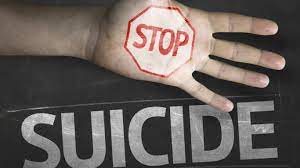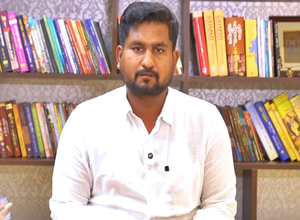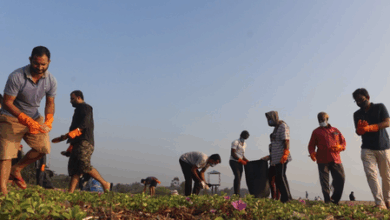Suicide can be blamed on social context: Dr Purohit

Thiruvananthapuram, Sep 11 : Suicide cannot be blamed on an individual, no matter how much our society loves to do it, but it can be blamed on a social context—the caste system, for one, Advisor of National Mental Health Programme, Dr Naresh Purohit, has opined on the occasion of World Suicide Prevention Day.
“Suicides don’t take place in a vacuum. They take place in society. A society that is full of stratification, oppression, and discrimination, both in microcosmic and macrocosmic social spaces,” he told newspersons on Sunday.
“If we are to even think of a subject as complex as suicide prevention, especially in a country where suicide rates are alarming among vulnerable populations, we have to take several steps back from individual suicide,” he opined.
Purohit pointed out that over 13,000 students died in 2021 in India, at a rate of more than 35 every day.
This is up by 4.5 per cent from the 12,526 deaths in 2020, with 864 out of 10,732 suicides being due to “failure in examination,” according to the latest data as per the National Crime Records Bureau’s (NCRB’s) ADSI report 2021.
Dr Purohit, who is also Principal Investigator for the Association of Studies in Mental Care, said suicide prevention still remains a universal challenge. “Every year, suicide is among the top 20 causes of death globally. It snuffs out over 8,00,000 lives.”
He stated that there is a lot of evidence that exposure to a suicide may trigger suicidal thoughts and behaviours in vulnerable people.
This is called ‘contagion’ and can lead to a cluster of suicides in a particular area or within a group.
So, any death by suicide needs to be reported and managed sensitively to limit distress and reduce the risk of contagion.
“Mental health issues had increased significantly post-COVID as people were struggling with emotional and financial crises, he said.
“Although there has been a lot of awareness at various levels, more sensitization is needed at many levels, including parents, teachers, and communities, to prevent the risk of suicide.”
Moreover, families play a pivotal role in supporting an individual in distress”, renowned medic advised.
He pointed out that, as per the NCRB report 2021, among various factors, family problems were the major reason for suicides at 33.2 percent, followed by illness at 18.6 percent, and unknown causes at 9.7.
“One needs to understand why one particular student takes the extreme step of suicide in a group of students exposed to a common environment. Genetic predisposition is an important reason. Inability to cope with failures, family discord, substance abuse, and intoxication are the other major reasons for a person to contemplate and commit suicide”, he said.
“Suicide was not a spur-of-the moment act but had a background to it. It is inappropriate to look at any suicide separately from the causes,” he added.
“Suicidal ideation is a result of thoughts, impulses, and actions where an individual constantly focuses on dying as they find no meaning in their lives. The most vulnerable individuals to suicide are those with major depression disorder, along with other co-morbid mental conditions like OCD, schizophrenia, and dysthymia. One should notice the warning signs in a person, like withdrawal from social life, hopelessness, and helplessness, and address the issue,” he averred.
He emphasised that a comprehensive public health approach is needed to prevent suicides. Teaching coping and problem-solving skills can help people manage challenges. Options for temporary assistance for those in need and connecting at-risk people to coordinated mental and physical health care facilities will greatly help in reducing suicide incidents.






